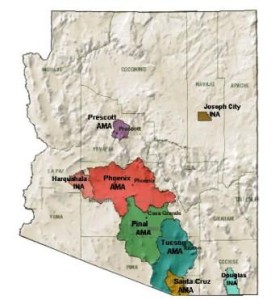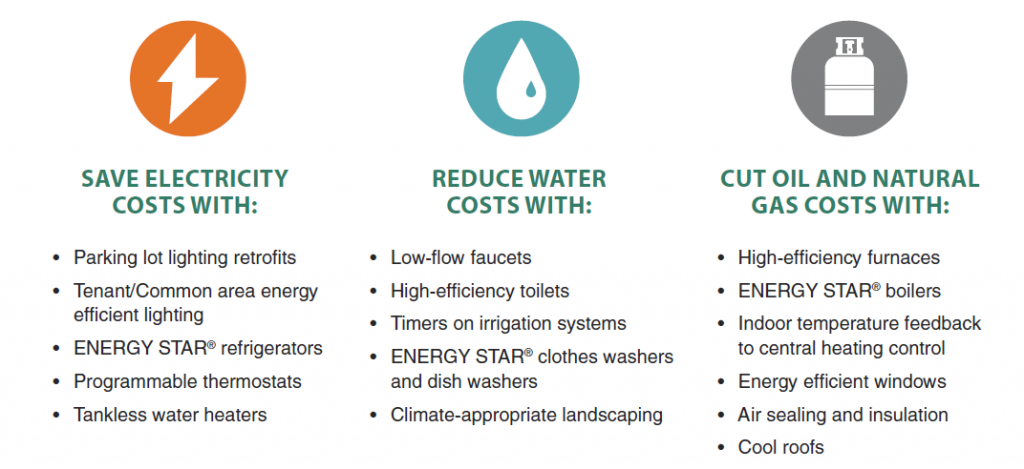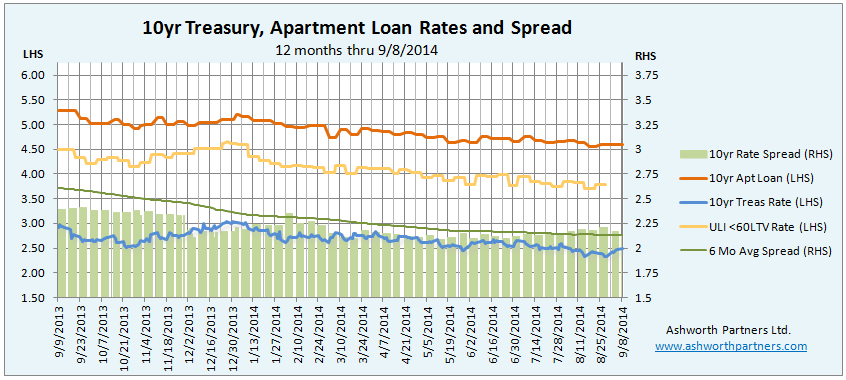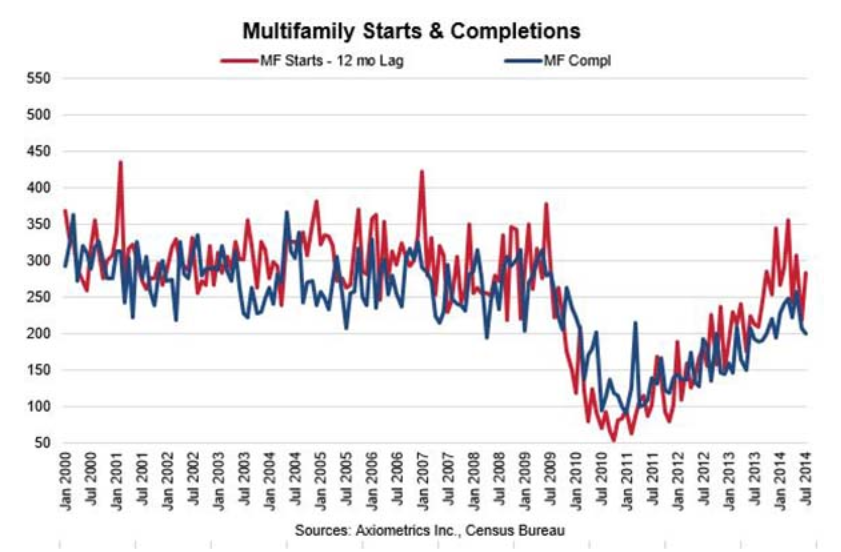UPDATE Oct. 14: See below for Part 3-
UPDATE Sept. 24: See below for Part 2-
Apartment building investment broker ABI Multifamily’s Research Director, Thomas M. Brophy is out with part 1 of a pretty in-depth ‘overview’ of water rights in Arizona this week (Part 1 of 3). This is important not just because most of AZ is a desert (duh) but because Phoenix is expected to grow by the size of Denver over the next twenty-five years (See Phoenix population to add 2.6 million by 2040, housing supply not keeping up). They’re going to need a lot more apartments but the biggest limiting factor will be the ability to provide water for that many new tenants.

Brophy begins with the background so that as the story unfolds we will understand how things got to be the way they are, and most importantly, how to make sure your residents aren’t walking to the town well every morning with a big jug on their heads. Not light reading but it just might give you an edge- See part 1 here: The Motions, Notions and Commotions of Water! Part 1: Arizona Water, an Overview.



